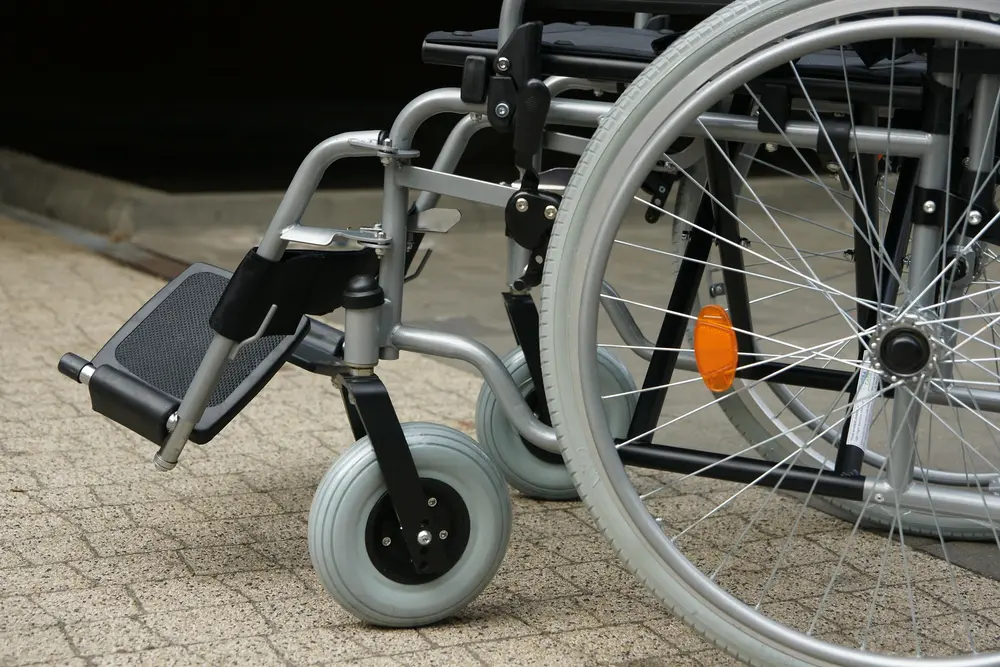In our last post, we delved into Social Security’s Listings of Impairments, step 3 of the 5-step adult disability sequential evaluation process. But let’s say that you cannot establish that your impairment or impairments meet or equal in severity one of SSA’s listed impairments. Is it still possible to prove disability?
The answer is yes, but you have to move on to steps 4 and 5 of the 5-step process. We’ll discuss how you prove disability at steps 4, and what the government must prove at step 5, in the context of claims involving a kind of arthritis called spondyloarthropathy (also called spondyloarthritis). We’ll discuss how you prove you are disabled in a brief question and answer format.
Question: What if a claimant has a form of spondyloarthropathy, but it is not as severe as the listing?
Answer: A claimant can still be found disabled even if the condition does not qualify under the Listings of Impairments (Step 3.) As part of Step 4 of their analysis SSA evaluates a claimant’s Residual Functional Capacity (RFC) – what a claimant can still do despite the limitations caused by their impairments. If the claimant’s RFC does not prevent him or her from performing the duties of past relevant work, then Social Security will deny the claim. However if a claimant’s RFC prevents the ability to perform their past relevant work, then Social Security will move on to Step 5 and determine whether or not the claimant can perform any other work. By the way, if you want to read more about RFC on SSA’s website, please click here.
Question: What does SSA consider in determining whether a claimant can perform past relevant work?
Answer: As mentioned above, at Step 4 of the 5-step sequential evaluation process, the claimant must prove that he or she cannot perform his or her past relevant work. Generally, past relevant work is work that the claimant has performed in the past 15 years at the SGA (substantial gainful activity) level for a sufficient amount of time for the claimant to have learned the techniques, acquired information, and developed the facility needed for average performance in the job situation. SSA considers the claimant’s RFC (residual functional capacity) and compares it to the physical and mental demands of this past relevant work. If the claimant’s RFC prevents him or her from performing the physical and mental demands of this past work, then Social Security should find that the claimant cannot perform his or her past relevant work and the inquiry moves to Step 5: whether the claimant can perform any other work in the national economy. If the claimant cannot perform other work available in significant numbers in the national economy, the claim will be approved. If the Social Security Administration meets its burden to prove that the claimant can perform other work, the claim will be denied.
Question: How important is objective proof of medical symptoms to prove disability?
Answer: SSA’s regulations require that any impairment must result from anatomical, physiological, or psychological abnormalities which can be shown by medically acceptable clinical and laboratory diagnostic findings. While a claimant’s description of symptoms to the claimant’s doctor and the explanation of a condition’s impact on daily activities must be considered by SSA, a physical or mental impairment must be established by medical evidence consisting of signs, symptoms, and laboratory findings.
Question: How important is it that a claimant obtains medical treatment for the conditions to prove disability?
Answer: Given the above, this is critical. The focus in all disability claims is upon the medical evidence, that is, the physician’s clinical findings, office notes, reports, and medical test results. That evidence is primary and is often more important than what the claimant says on SSA forms or in testimony at a hearing. While a claimant’s description of a condition’s impact on their day-to-day activities is important and must be considered by the SSA, the content of the medical documentation is the primary source of evidence in deciding the claim. SSA generally gives more weight to the findings and opinions of treating specialists, such as orthopedic doctors, rheumatologists, neurologists, and pain specialists, than to family practitioners.
Question: What can a claimant expect throughout the application process in order to prove disability?
Answer: Unfortunately claims are taking longer to be decided, in part because fewer claims are being approved prior to a hearing before an Administrative Law Judge. As fewer claims are being approved more appeals may be necessary, sometimes to federal court. Congress’ funding of the Social Security Administration determines whether SSA has the staff necessary to process its enormous work load. Less funding can mean less staff and longer wait times, too. It is important to get proper guidance through an experienced representative to help maximize one’s chances of proving you are disabled.
If you’d like to read the full article from which this post is derived, please visit the website of the Spondylitis Association of America by clicking here. Once again, thank you for reading! Keep checking back for our next post to help you understand the ins and outs of Social Security disability.






